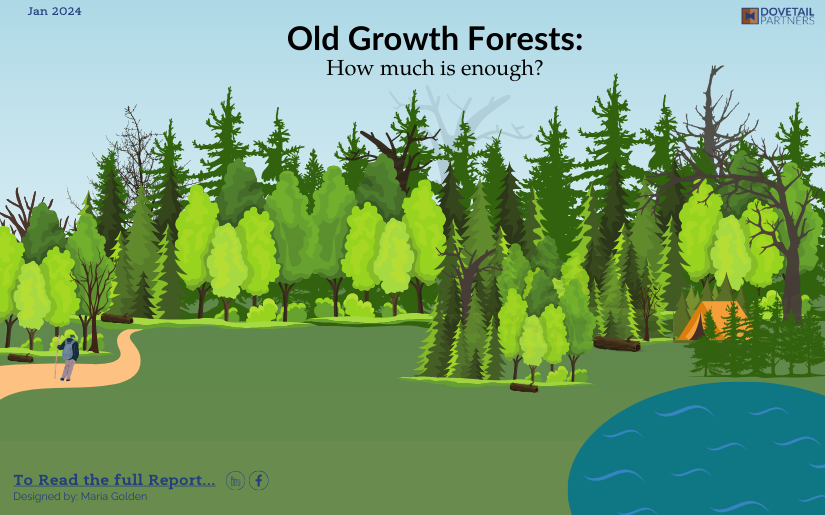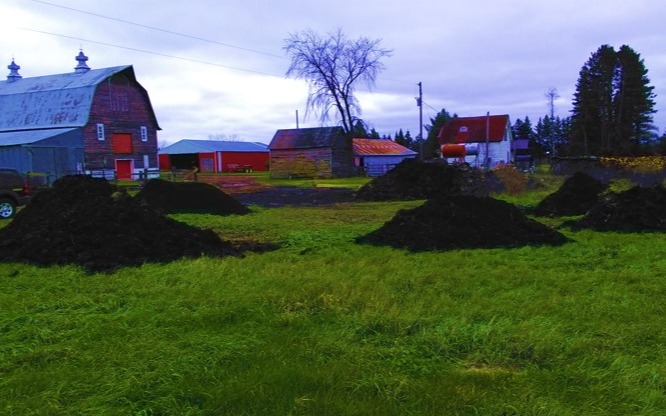Efforts To Expand Old Growth
There is ongoing efforts in the US, EU, and other regions to identify primary, old growth, and mature forests with consideration of their sustainability and protection. Management actions can favor the development of these structures and components through retention of older trees (i.e., legacy trees), reducing the impact of roads and other human impacts, and retaining logs and other forms of deadwood in the forest.
Diverse Outlooks
The question of "What is old growth?" holds many definitions depending upon the scientific, cultural, and policy lenses that are applied.
What Is Old Growth?
In the US, old growth is defined as "dynamic systems distinguished by old trees and related structural attributes... encompass the later stages of stand development that typically differ from earlier stages in a variety of characteristics, which may include tree size, accumulations of large dead woody material, number of canopy layers, species composition, and ecosystem function... [and] are distinguished by their ecosystem services and social, cultural, and economic values."
What Is Old Growth?
The EU defines old growth as a "forest stand or area consisting of native tree species that have developed, predominantly through natural processes, structures and dynamics normally associated with late-seral development phases in primary or undisturbed forests of the same type. Signs of formal human activities may be visible, but they are gradually disappearing or are too limited to significantly disturb the natural processes."
Why Is Old Growth Unnecessary?
Innovations in forest management not only yield technically consistent engineered products, minimize wood waste, and enhance the economic competitiveness of the industry. They also prompt adaptation in the forest products sector to focus on smaller diameter trees, thus rendering the processing of larger diameter logs from old growth trees unfeasible.
Why Is Old Growth Necessary?
Old growth forests play a crucial role in safeguarding unique biodiversity, supporting plant and animal habitats, preserving genetic diversity, serving as valuable carbon sinks, contributing to climate change mitigation, and holding social and cultural significance.
Protection Of Old Growth
The protection and conservation of forests necessitate the collaboration and engagement of diverse individuals, communities, and interests. Through effective management, the establishment of secondary old growth forests becomes feasible thus, over time, offering the attributes and benefits associated with traditional old growth forests.
- Lead AuthorMaria Golden
- DateJanuary 2024
- CategoryEnvironmental, Forest products, Forestry, Forests, Management, Recreation, Wildlife
- Project FileDownload




.png)

